<p>Decentralized
finance, or DeFi, is a rapidly expanding sector of the blockchain industry with
the potential to transform traditional financial systems. Ethereum, the
second-largest cryptocurrency by market capitalization, is leading this charge.
In this article, we'll look at what DeFi is, why it matters, and how Ethereum
is leading the charge. </p><p>What
Is DeFi?</p><p>DeFi refers to
a set of financial applications built on blockchain technology that are
decentralized, open, and accessible to anyone with an internet connection. </p><p>These
applications seek to provide financial services and products without the
involvement of third-party intermediaries, such as banks or other financial
institutions. </p><p>DeFi protocols
are built on blockchain networks like Ethereum and employ smart contracts to
execute transactions and automate financial processes. </p><p>These protocols
offer a variety of financial services, such as lending and borrowing, trading,
asset management, and insurance. </p><p>What
Is the Significance of DeFi?</p><p>DeFi has the
potential to transform traditional financial systems by making financial
services more accessible, efficient, and transparent. DeFi can reduce
transaction fees, increase speed and security, and provide greater access to
financial services for underserved populations by eliminating intermediaries
and utilizing blockchain technology. </p><p>Because anyone
can create and launch a new DeFi protocol, DeFi has the potential to enable new
forms of financial innovation and experimentation. This has resulted in a
proliferation of DeFi projects, with new protocols and applications being
released on a nearly daily basis. </p><p>How Is Ethereum Setting the Standard?</p><p>The majority of
DeFi protocols and applications are built on Ethereum, the leading blockchain
network for DeFi. Developers can use Ethereum's smart contract functionality to
create complex financial protocols that can be executed automatically and
without the use of intermediaries. </p><p>The use of
decentralized exchanges is a key feature of Ethereum's DeFi ecosystem (DEXs).
DEXs enable users to trade cryptocurrencies without requiring a centralized
exchange or intermediary. This reduces fees while giving users more control and
transparency. </p><p>Uniswap is a
popular Ethereum DEX that allows users to trade Ethereum-based tokens without
the need for an order book or centralized exchange. </p><p>To determine
prices, Uniswap employs an automated market maker (AMM) system, which is based
on a mathematical formula rather than supply and demand. </p><p>Compound is
another popular DeFi protocol on Ethereum that allows users to lend and borrow
cryptocurrencies without the use of intermediaries. </p><p>To provide
users with the best possible returns, Compound employs an algorithmic interest
rate system that adjusts based on supply and demand. </p><p>Stablecoins,
which are cryptocurrencies pegged to the value of a fiat currency such as the
US dollar, are also part of Ethereum's DeFi ecosystem. Stablecoins allow users
to protect themselves against cryptocurrency volatility and provide a more
stable medium of exchange. Tether (USDT), the most popular stablecoin on
Ethereum, has a market capitalization of more than $60 billion. </p><p>What Are the Advantages of the Ethereum DeFi Ecosystem?</p><p>Users benefit
from Ethereum's DeFi ecosystem in a variety of ways, including: </p><ul><li>
Decentralization:
Ethereum DeFi protocols are decentralized, which means they are not controlled
by a central authority. This increases transparency and reduces the possibility
of fraud or manipulation. </li><li>
Accessibility:
Anyone with an internet connection, regardless of location or financial status,
can use Ethereum's DeFi protocols. This increases the financial inclusion of
underserved populations. </li><li>
Efficiency:
On Ethereum, DeFi protocols are automated and executed via smart contracts,
reducing the need for intermediaries and increasing efficiency. </li><li>
Because
anyone can create and launch a new DeFi protocol, Ethereum's DeFi ecosystem
enables new forms of financial innovation and experimentation. </li></ul><p>What Are the Challenges That Ethereum’s DeFi Ecosystem Is Facing?</p><p>While
Ethereum's DeFi ecosystem has many advantages, it also has some drawbacks.
Scalability is one of the most difficult challenges, as Ethereum's current
infrastructure can only handle a limited number of transactions per second. </p><p>This has
resulted in network congestion and high transaction fees during periods of high
demand. </p><p>Security is
another issue confronting Ethereum's DeFi ecosystem, as smart contracts can be
vulnerable to hacks and exploits. </p><p>This has
resulted in a number of high-profile incidents, including the 2016 hack of the
DAO, which resulted in the loss of millions of dollars in cryptocurrency. </p><p>Finally,
because DeFi protocols and applications are largely unregulated, the regulatory
environment surrounding DeFi remains unclear. This has raised concerns about
investor protection and future regulatory crackdowns. </p><p>What Is the Future of Ethereum’s DeFi Ecosystem?</p><p>Despite these
obstacles, Ethereum's DeFi ecosystem is growing and evolving. The launch of
Ethereum 2.0, which will introduce several upgrades to the Ethereum network,
including a shift from proof-of-work to proof-of-stake consensus and increased
scalability, is one of the key developments on the horizon. </p><p>Other upcoming
developments include the release of layer 2 scaling solutions, which will allow
for more transactions to be processed on the Ethereum network, as well as the
continued growth and evolution of DeFi protocols and applications. </p><p>Can Ethereum 2.0 Topple Bitcoin?</p><p>There is <a href="https://www.financemagnates.com/thought-leadership/ethereums-l2s-and-shards-will-break-defi/" target="_blank" rel="follow">a lot
of hype</a> around ETH 2.0, but can it topple BTC and become the number 1
cryptocurrency? </p><p>Let’s look at
some of its features and find out.</p><p>The
Beacon Chain</p><p>The beacon
chain is a proof of stake mega blockchain which while not being able to handle
transactions or smart contracts will be the heart of Ethereum 2.0. </p><p>It runs side by
side with the Ethereum blockchain, meaning that it exists separately until the
change is made to Ethereum 2.0. </p><p>The beacon
chain takes responsibility for coordinating the entire Ethereum network.</p><p>Sharding</p><p>The main idea
behind sharding is to create more ways (64) in which information can travel
within the blockchain. </p><p>By creating
shards, the infrastructure of the blockchain can effectively be split into
smaller pieces and, in the process, the shares will allow an easier way of
storing and accessing data, meaning that each one of them will be able to
operate independently of one another and, consequently, achieve the underlying
goal of network scalability.</p><p>Thinking long
term, what will eventually happen is something called docking, a process in
which the current Ethereum blockchain will simply become one of the 64 shards,
meaning that we will have 63 other blockchains to use.</p><p>Scalability</p><p>Ethereum can
only handle around 15 transactions a second and, whenever the network gets very
busy, that means that the cost of each transaction is bound to get higher
and higher as they are all competing against one another.</p><p>With Ethereum
2.0, capabilities for achieving at least 100.000 transactions per second are to
be expected, and, in turn, making them cheaper.</p><p>Added
Security</p><p>With added
security, it will be much harder to attack the network or attempt to harm it in
any way.</p><p>Conclusion</p><p>Ethereum is at
the forefront of a rapidly growing sector of the blockchain industry:
decentralized finance. Users benefit from Ethereum's DeFi ecosystem in a variety
of ways, including decentralization, accessibility, efficiency, and innovation.
</p><p>However, it does
face a number of challenges, including scalability, security, and
regulatory uncertainty. Despite these obstacles, Ethereum's DeFi ecosystem continues
to grow and evolve, and it will be interesting to see how it evolves in the
coming years.</p>
This article was written by Finance Magnates Staff at www.financemagnates.com.

You can get bonuses upto $100 FREE BONUS when you:
💰 Install these recommended apps:
💲 SocialGood - 100% Crypto Back on Everyday Shopping
💲 xPortal - The DeFi For The Next Billion
💲 CryptoTab Browser - Lightweight, fast, and ready to mine!
💰 Register on these recommended exchanges:
🟡 Binance🟡 Bitfinex🟡 Bitmart🟡 Bittrex🟡 Bitget
🟡 CoinEx🟡 Crypto.com🟡 Gate.io🟡 Huobi🟡 Kucoin.

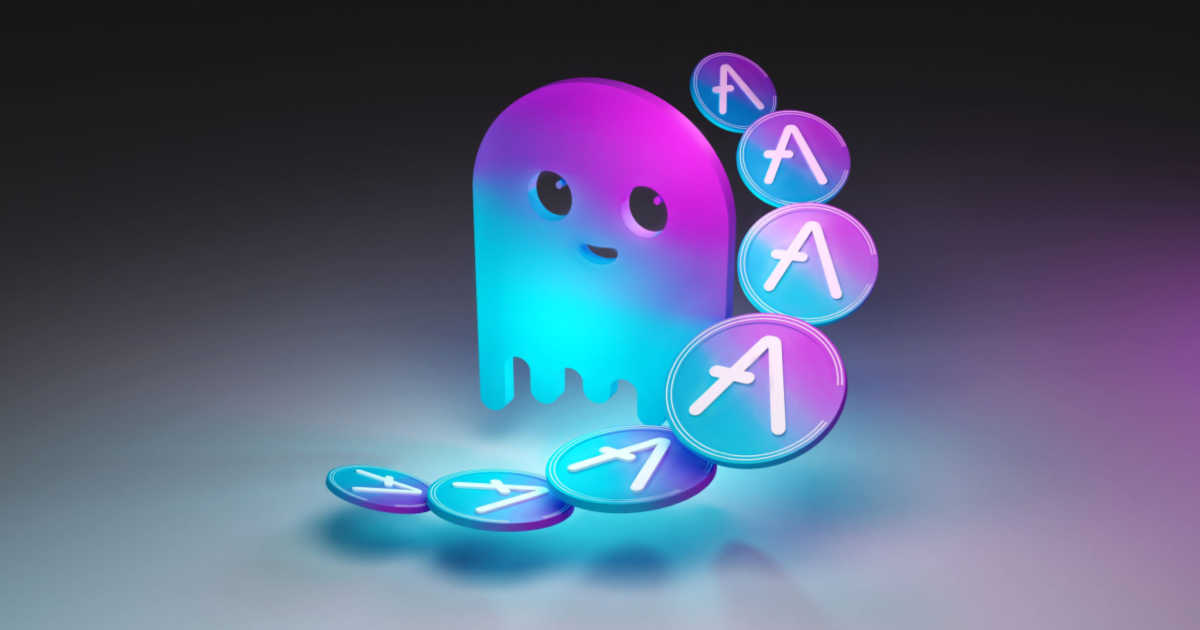


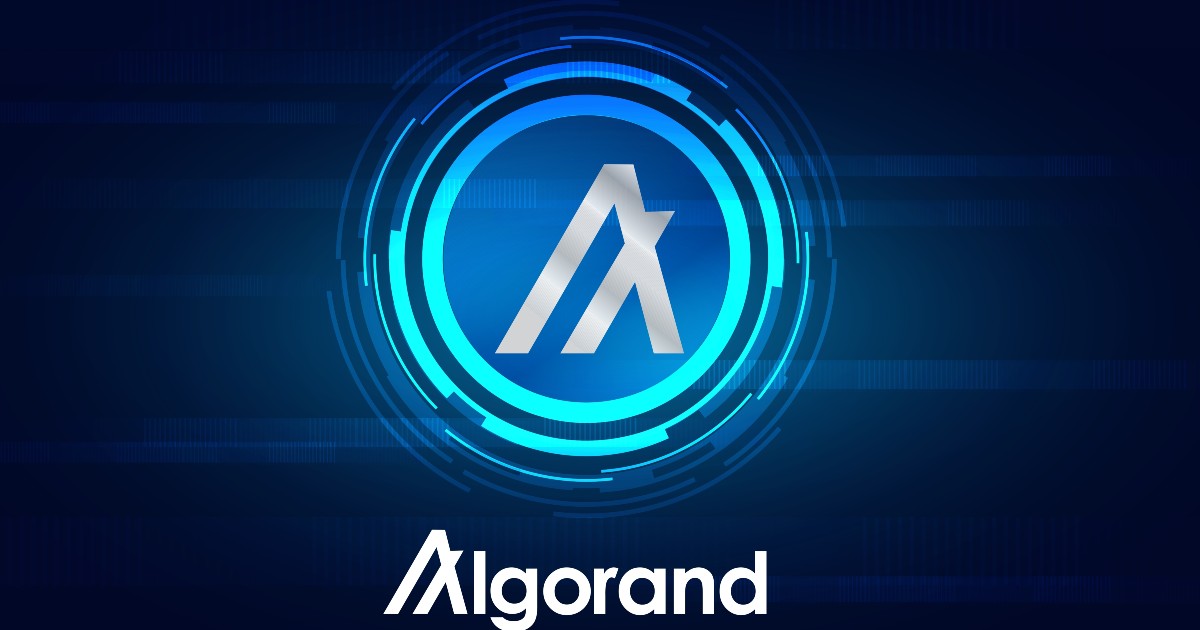
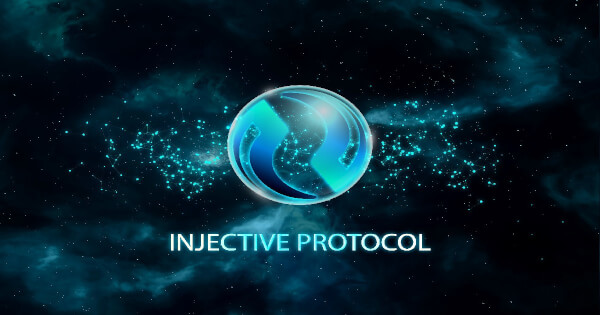
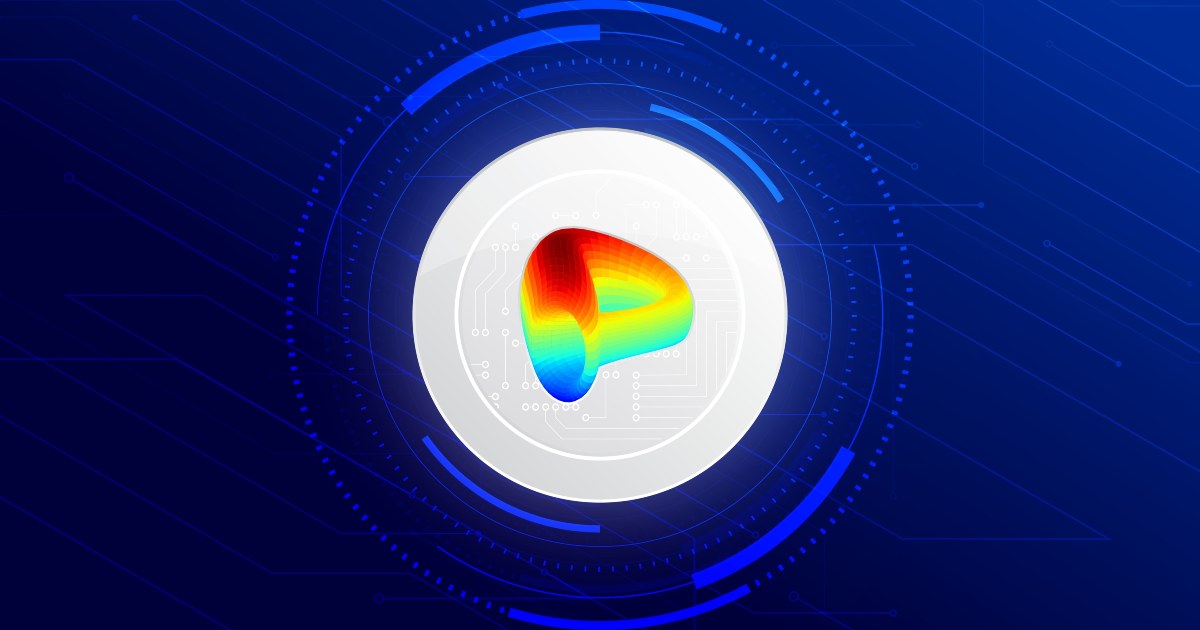


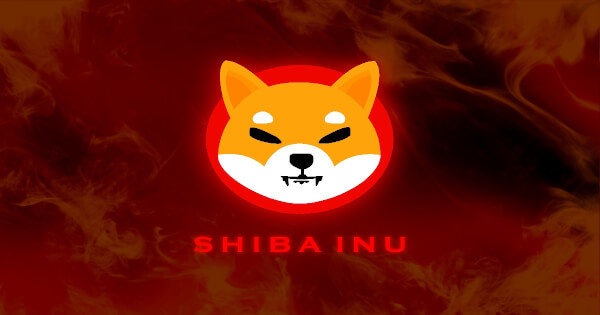


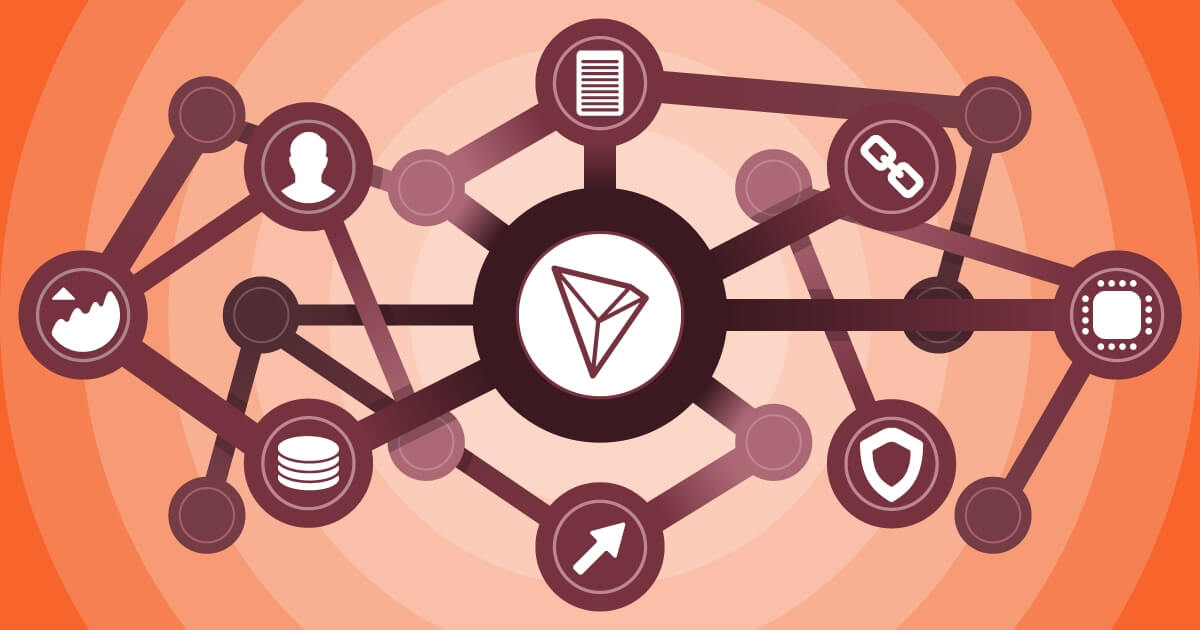
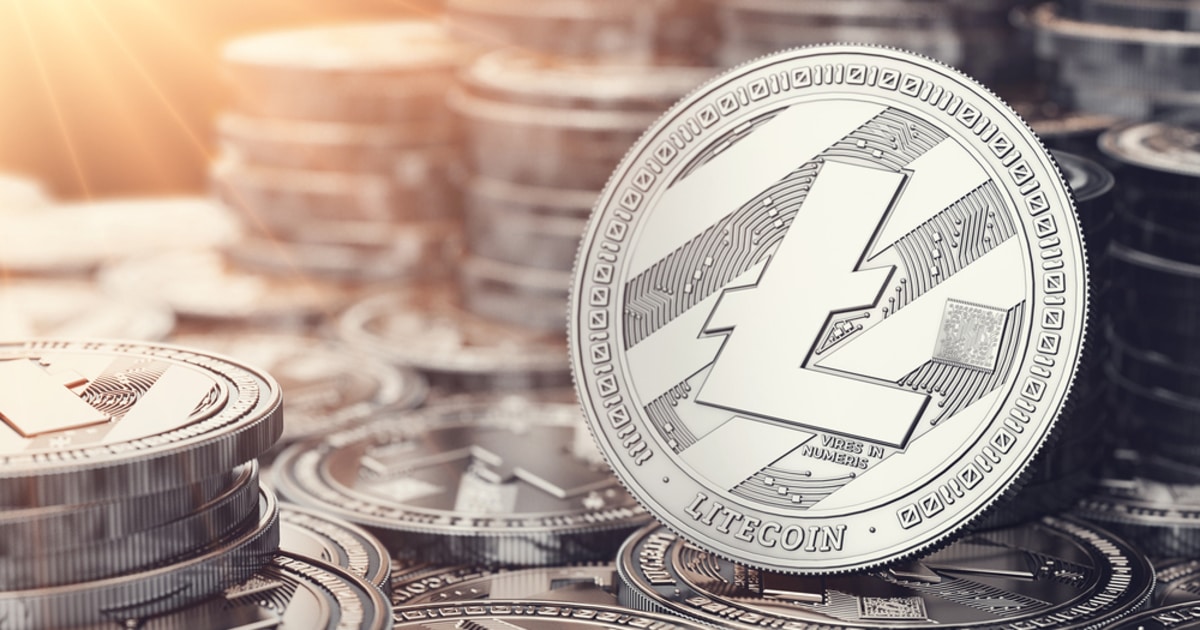
Comments